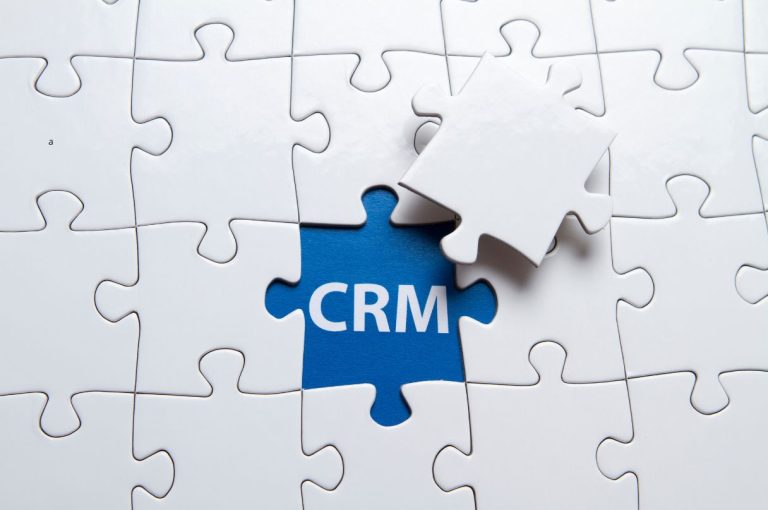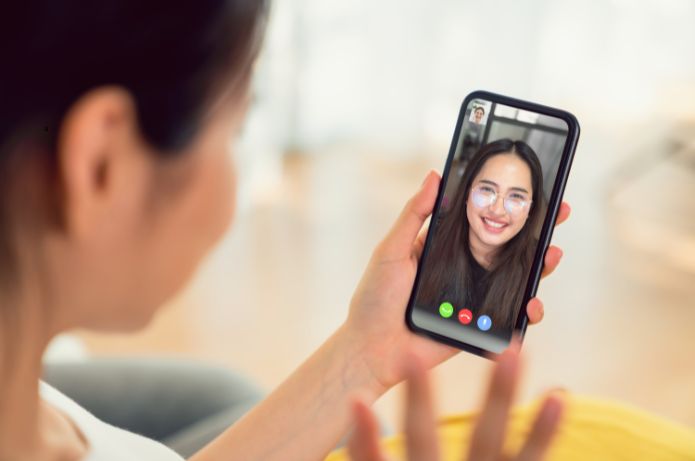Buscar maneiras de aumentar a lucratividade é parte da rotina dos empreendedores, independentemente do porte dos seus negócios. Mesmo que não seja o objetivo final de todos, o lucro geralmente orienta o planejamento estratégico. Há várias formas de alcançar esse resultado, como a alteração de matéria-prima, realocação de equipes ou o uso da tecnologia a favor do negócio.
The Ruebush Hospitality Group é um exemplo de negócio que, através da tecnologia, conseguiu triplicar seu lucro, alcançando US$ 1 milhão por mês. Entre as soluções implementadas no desenvolvedor de hotéis boutique, destaca-se a adoção de um CRM (Customer Relationship Management), que permitiu eliminar leads não qualificados e controlar o processo de vendas.
O modelo de negócio, fundado em 2012, permite que pessoas comuns realizem o sonho de ter uma participação imobiliária na Geórgia, localizada na intersecção da Europa e da Ásia. Atualmente, a empresa projeta, constrói e gerencia pousadas e hotéis de luxo e permite que os quartos sejam comprados e posteriormente, as pessoas lucrem com as reservas. O maior desafio estava relacionado à organização do processo de vendas, sendo que o objetivo final era o de encontrar e garantir investidores.
Segundo David Ruebush, fundador do grupo, a gerência não conseguia monitorar as atividades e não tinha uma visão abrangente do negócio, o que comprometia a profissionalização do setor de vendas. Não era possível identificar anúncios, capturar leads, entender suas etapas e verificar a continuidade das conversas. “Era impossível entender o que estava acontecendo em qualquer venda individual sem literalmente ir aos vendedores e perguntar diretamente”, explica.
Outro problema era a conversão das publicidades, que não estava ocorrendo, resultando apenas em desperdício de tempo e dinheiro. Para resolver esse problema, David buscou um CRM eficaz para o gerenciamento e acabou contratando a Kommo – Sistemas de Gerenciamento. O valor acessível foi um dos destaques na hora da escolha pois era necessário controlar os gastos, assim como a facilidade no uso, possibilitando o aprendizado rápido.
As etapas de venda do grupo são longas, podendo durar anos, devido à necessidade de conquistar a confiança do comprador. No entanto, com a implementação do sistema de gerenciamento, os problemas foram resolvidos em poucos passos. “Desde que adicionamos o Kommo, nossas vendas aumentaram dramaticamente. Estávamos em cerca de US$ 300 mil por mês antes de implementar, e depois aumentamos para quase US$ 1 milhão de dólares por mês”, destaca o CEO do grupo.
Kommo gerencia o fluxo de trabalho
Outra empresa que teve seu negócio alavancado e viu seus lucros dobrarem de tamanho com a implementação de estratégias tecnológicas é a Investment Property Loan Exchange, que também atua no ramo imobiliário. O negócio funciona no estilo “casamento”, conforme descreve Damon Riehl, Chief Executive na Investment Property Loan Exchange, pois conecta investidores com opções certas de empréstimo.
O principal desafio da Investment Property Loan Exchange era acompanhar os clientes em todas as etapas e ciclos de vida da “relação”. Milhares de potenciais clientes são abordados diariamente pela empresa e eles necessitavam de uma atenção diferenciada, pois cada caso exige um tratamento específico. A solução para isso foi a mesma do grupo Ruebush: contratar um CRM. “Precisávamos de uma maneira de organizar nossa abordagem para servir nossos clientes nas várias etapas do ciclo de vida desse relacionamento”, lembra Damon.
Antes de adotar a Kommo, a empresa utilizava outro sistema de gerenciamento, que, com o tempo, se tornou ineficaz por não ser personalizável e não proporcionar um desenvolvimento significativo. Atualmente, o CEO afirma que a Kommo consegue auxiliar no ciclo completo, principalmente, com o uso da ferramenta MailChimp, que integra todos os clientes por meio do e-mail, permitindo criar públicos de acordo com as suas necessidades. “A Kommo nos ajuda a organizar nossa abordagem ao nosso fluxo de trabalho. Podemos modificá-lo e ajustá-lo facilmente a nossa realidade. Foi um ajuste muito bom para nós”.
Plano básico atende necessidades de grandes empresas
Tanto o Grupo Ruebush como o Investment Property Loan Exchange contratam o plano avançado da Kommo para suprir suas necessidades. Apesar disso, o plano básico também pode ser a solução mesmo para grandes empresas, como é o caso da Marinetrans, que atua no ramo da logística para a indústria marítima e possui sede em Cingapura. O principal problema do negócio, que era não ter dados e processos automatizados, foi resolvido com a contratação de um plano básico.
“Existem várias ferramentas de gestão com inúmeras funções relevantes. No entanto, muitas delas podem ser financeiramente inviáveis para várias empresas. A Kommo possui planos que contemplam empresas de todos os portes, desde microempreendedores e pequenas empresas até multinacionais. Isso é um dos diferenciais dela, ser viável para todas as empresas”, destaca Gabriel Motta, Kommo speaker in LATAM.
Marius Heyerdahl, gerente de vendas europeu da empresa, conta que quando foi contratado há seis anos, o único sistema de gerenciamento existente era o de planilhas. Lá, tinha todos os clientes e, apesar de ter seguido assim por dois anos, essa forma não era boa para trabalhar internamente com os outros 22 escritórios da empresa.
O que o fez chegar até a Kommo foi a busca por facilidade, destaca o gerente. “Eu estava procurando uma solução que me permitisse colocar todas as minhas anotações, possíveis clientes em potencial e clientes ativos em um único lugar on-line. Ao mesmo tempo, eu queria que essas informações estivessem acessíveis ao meu diretor-gerente para que ele pudesse ver no que estou trabalhando”.
Assim como o negócio de empréstimos imobiliários, o ciclo de uma venda na Marinetrans é longo e pode demorar anos, e o scanner de cartões da Kommo foi outra facilidade escolhida para difundir contatos pelo mundo afora. Marius percebeu que ao rodar o mundo, retornava cheio de cartões físicos. Na Kommo, ao invés de inserir esses dados manualmente em um CRM, o Sistema de Gerenciamento permite a opção de digitalizar os novos leads, contatos e empresas com uma foto instantânea.
A plataforma possibilita que tags sejam criadas e foi o que fez Marius. Ele criou diferentes tags para separar potenciais clientes de clientes; localização das empresas e a etiqueta de cada escritório. Um dos destaques é que todos os cartões podem ser acessados por meio do aplicativo móvel, em qualquer lugar e momento.
Com a implantação dessas facilidades, o lucro foi consequência. A renda média de vendas da Marinetrans aumentou em cerca de 10%, um crescimento saudável segundo Marius. “Desde que comecei a usar o Kommo, as vendas aumentaram todos os anos. Definitivamente, torna nossos negócios mais eficientes e me coloca de volta aos trilhos com minhas perspectivas”, comemora.











